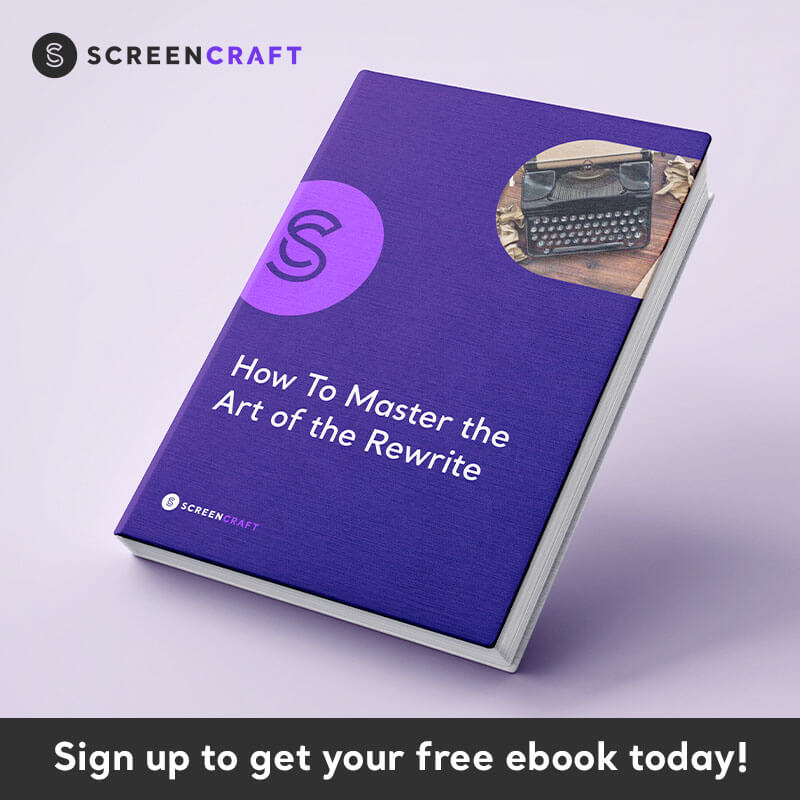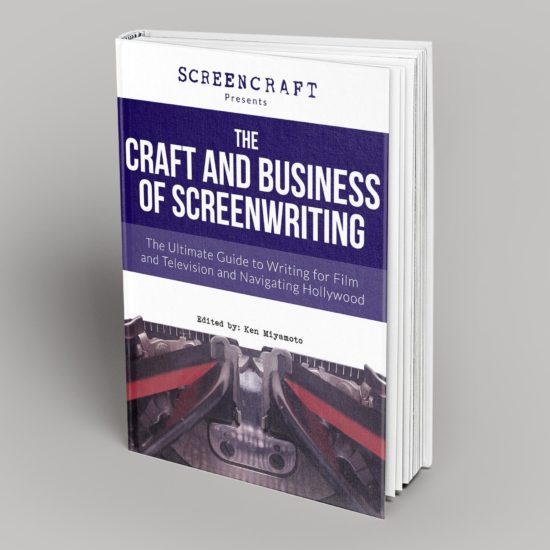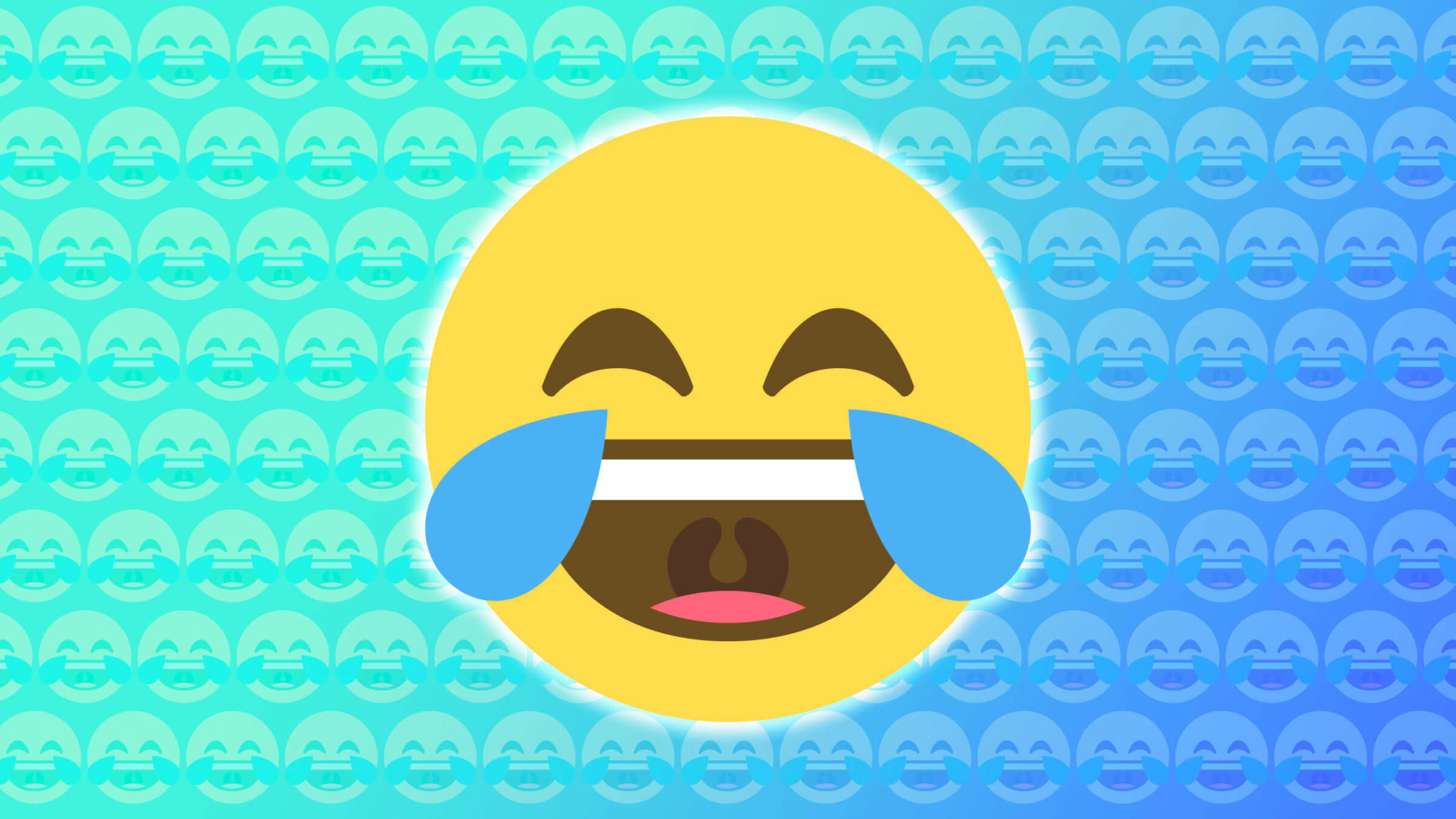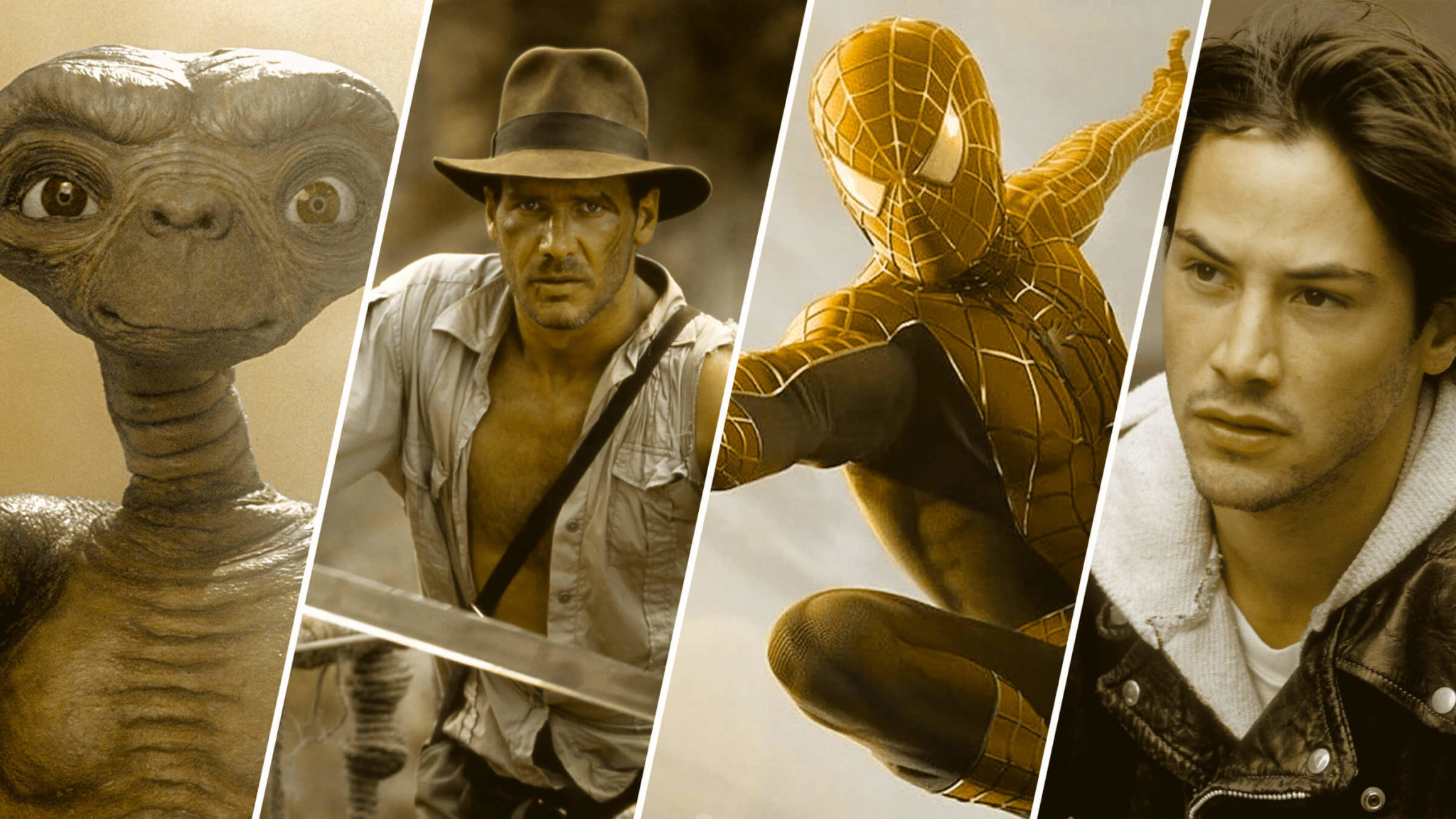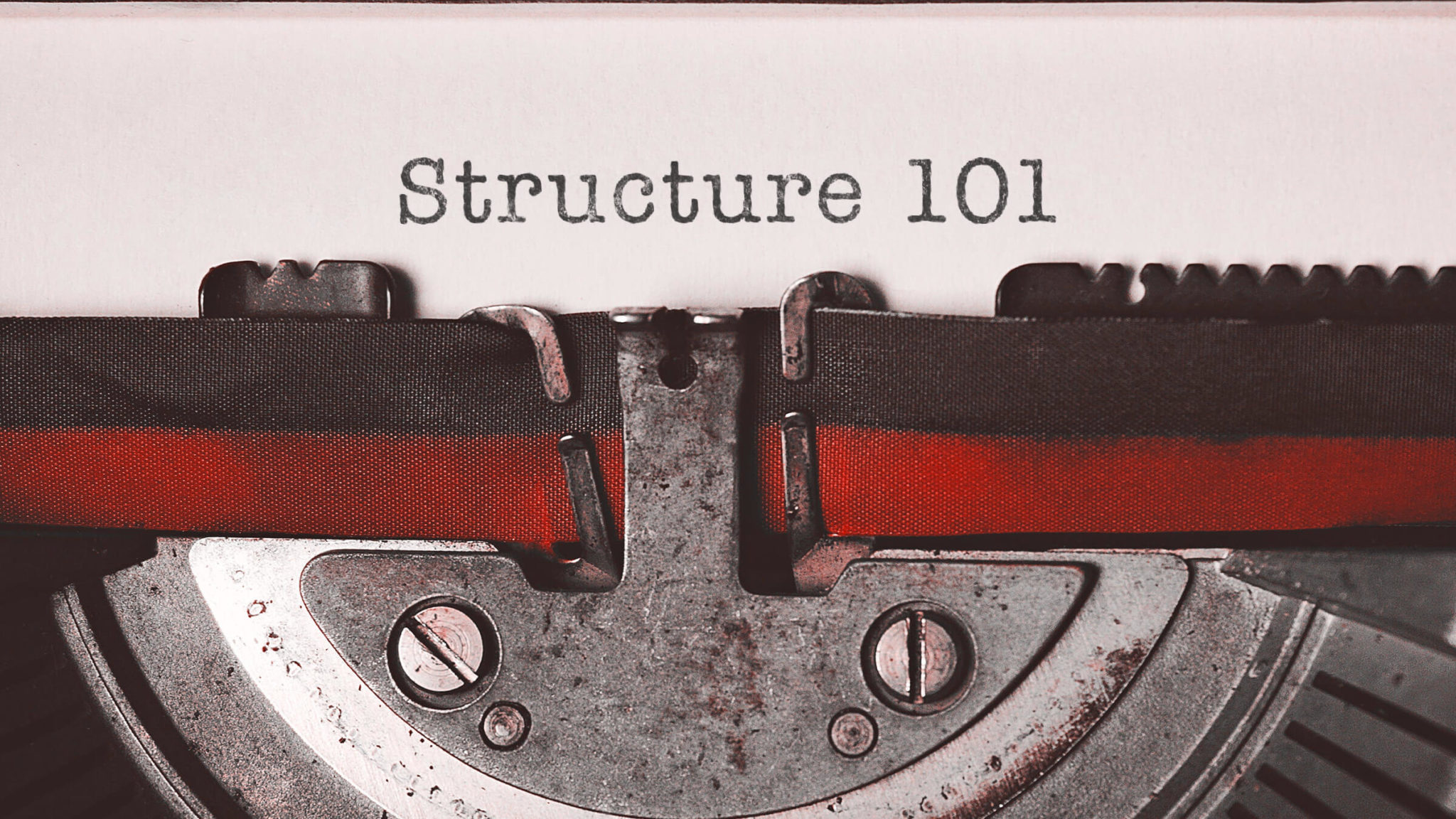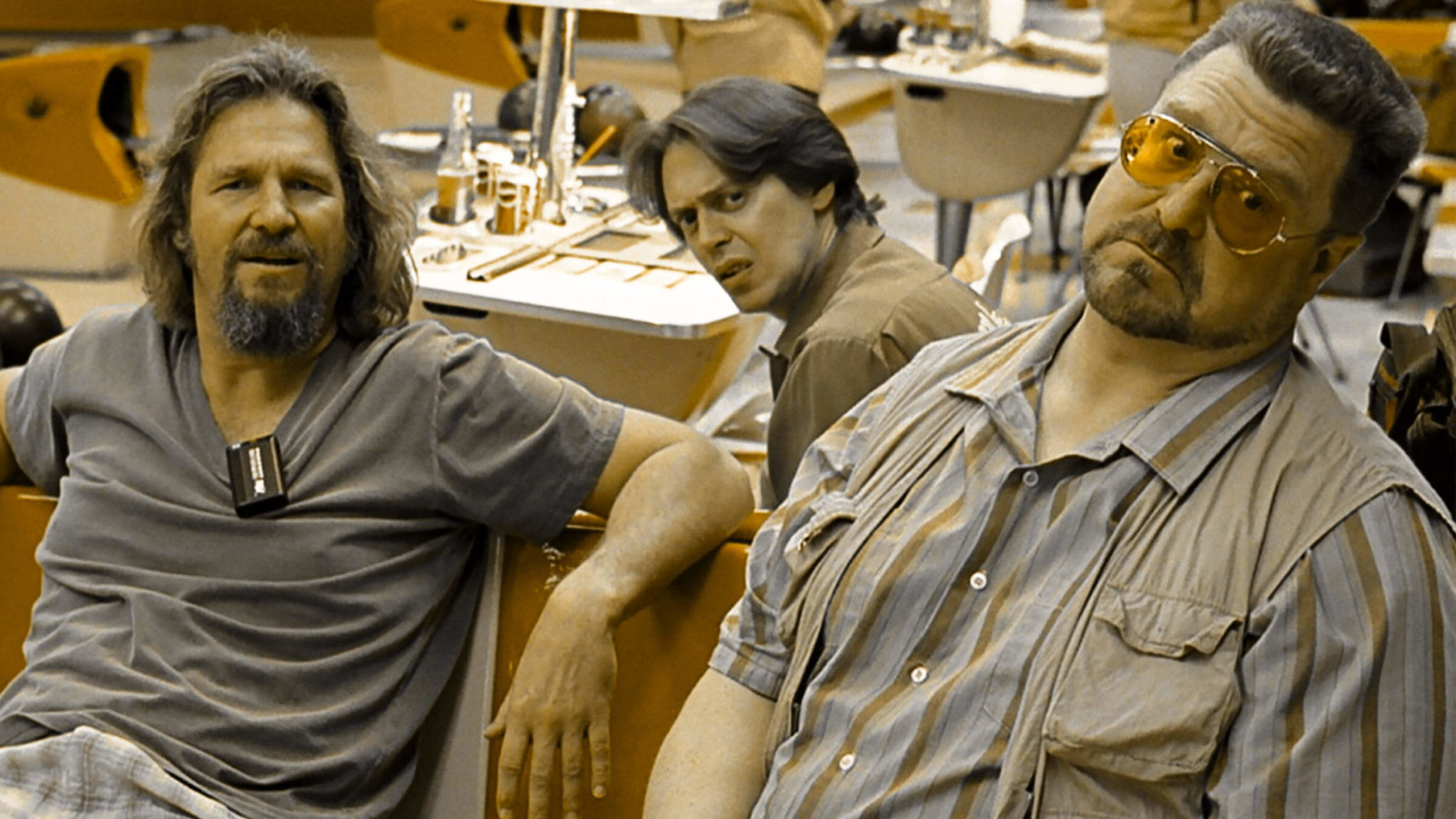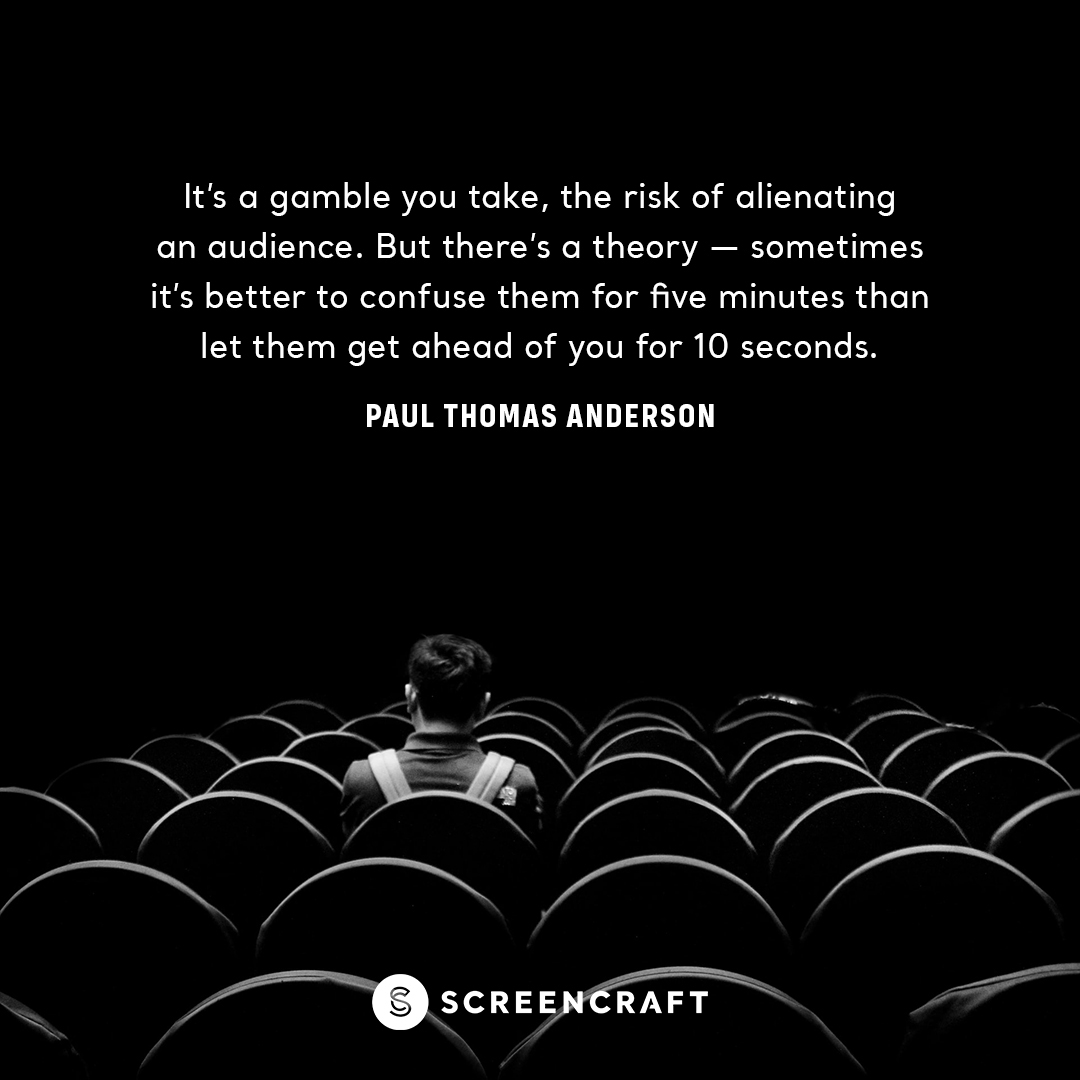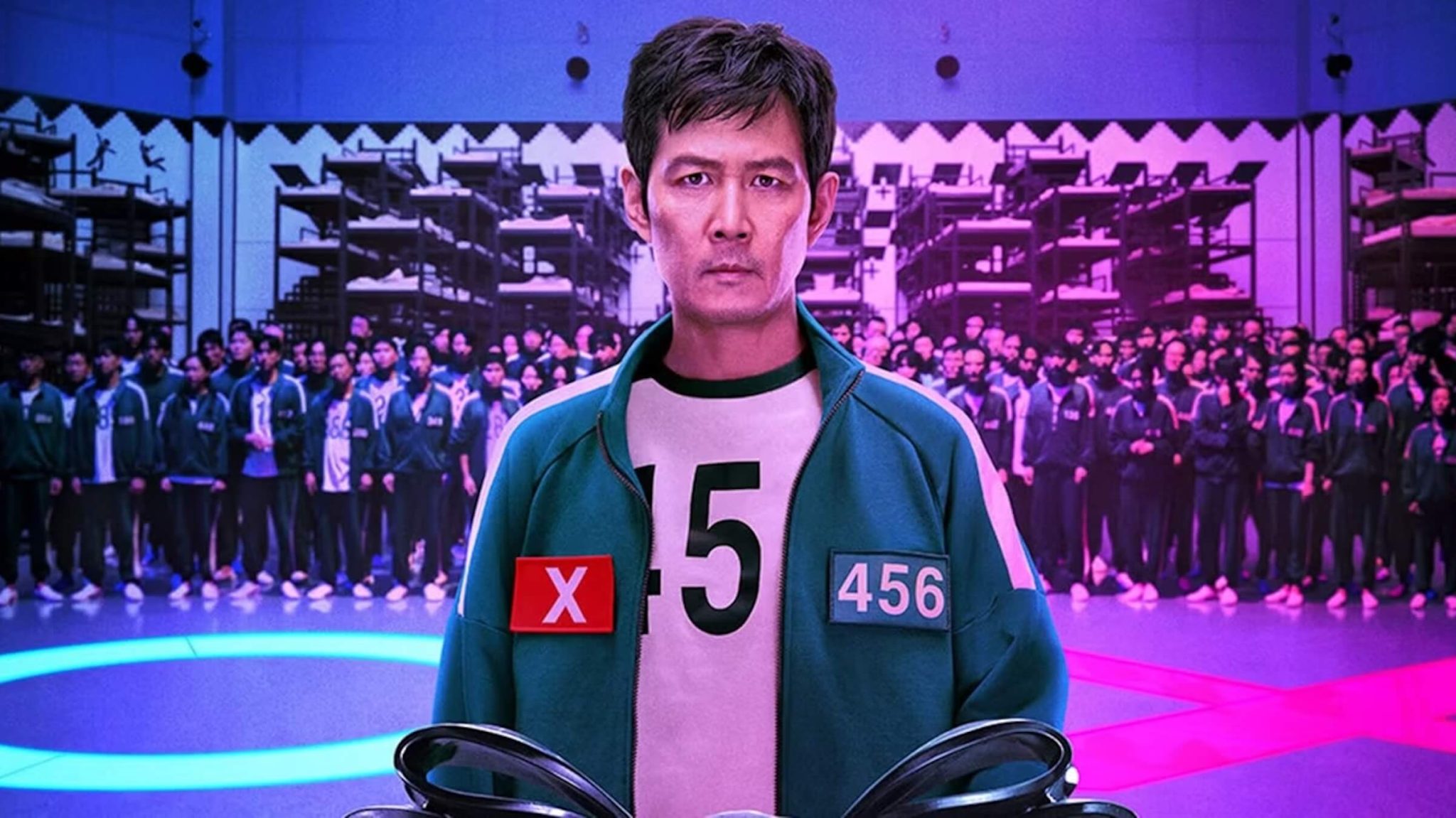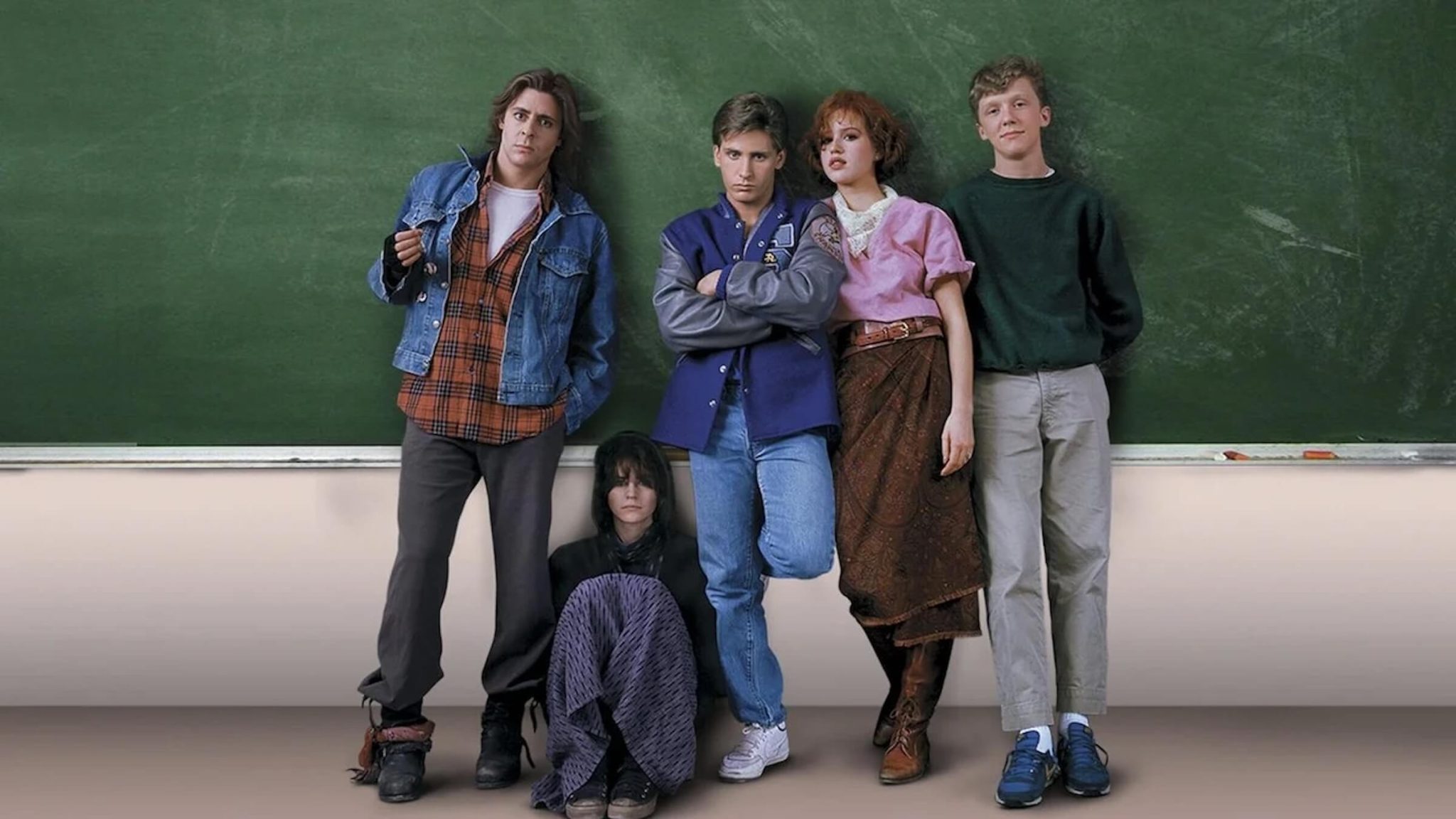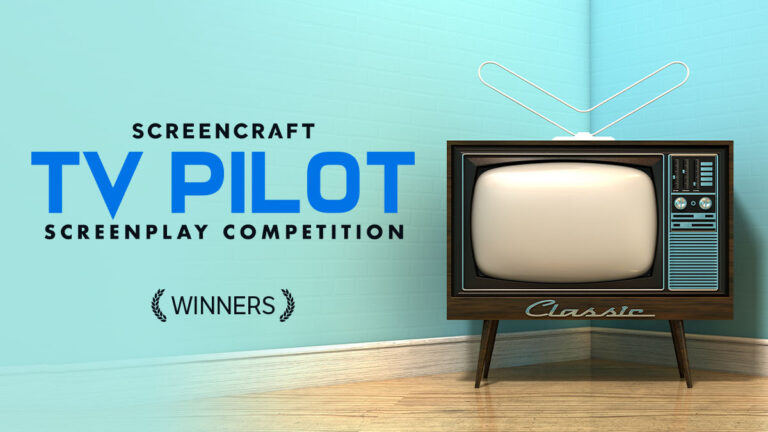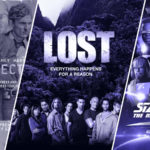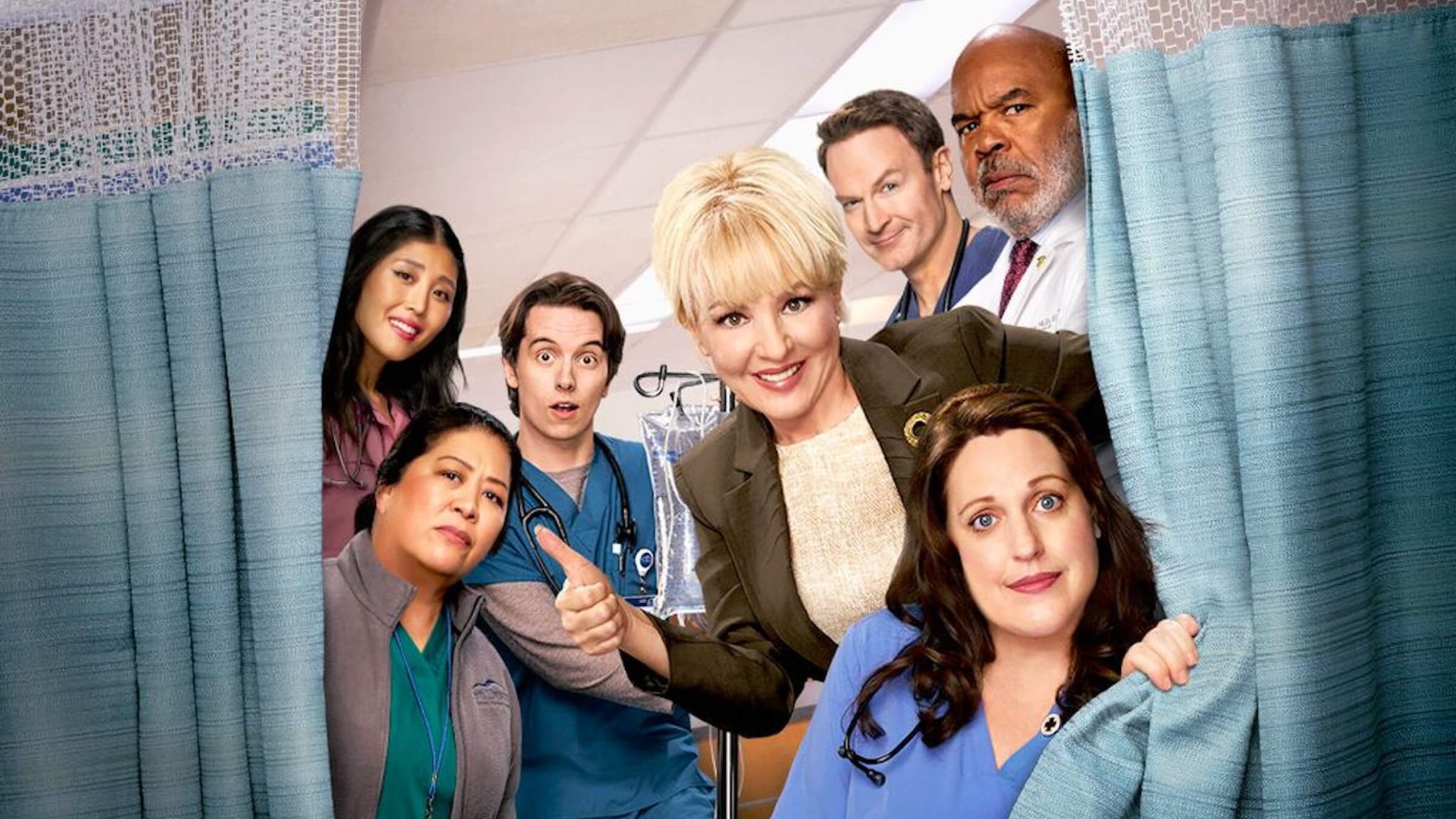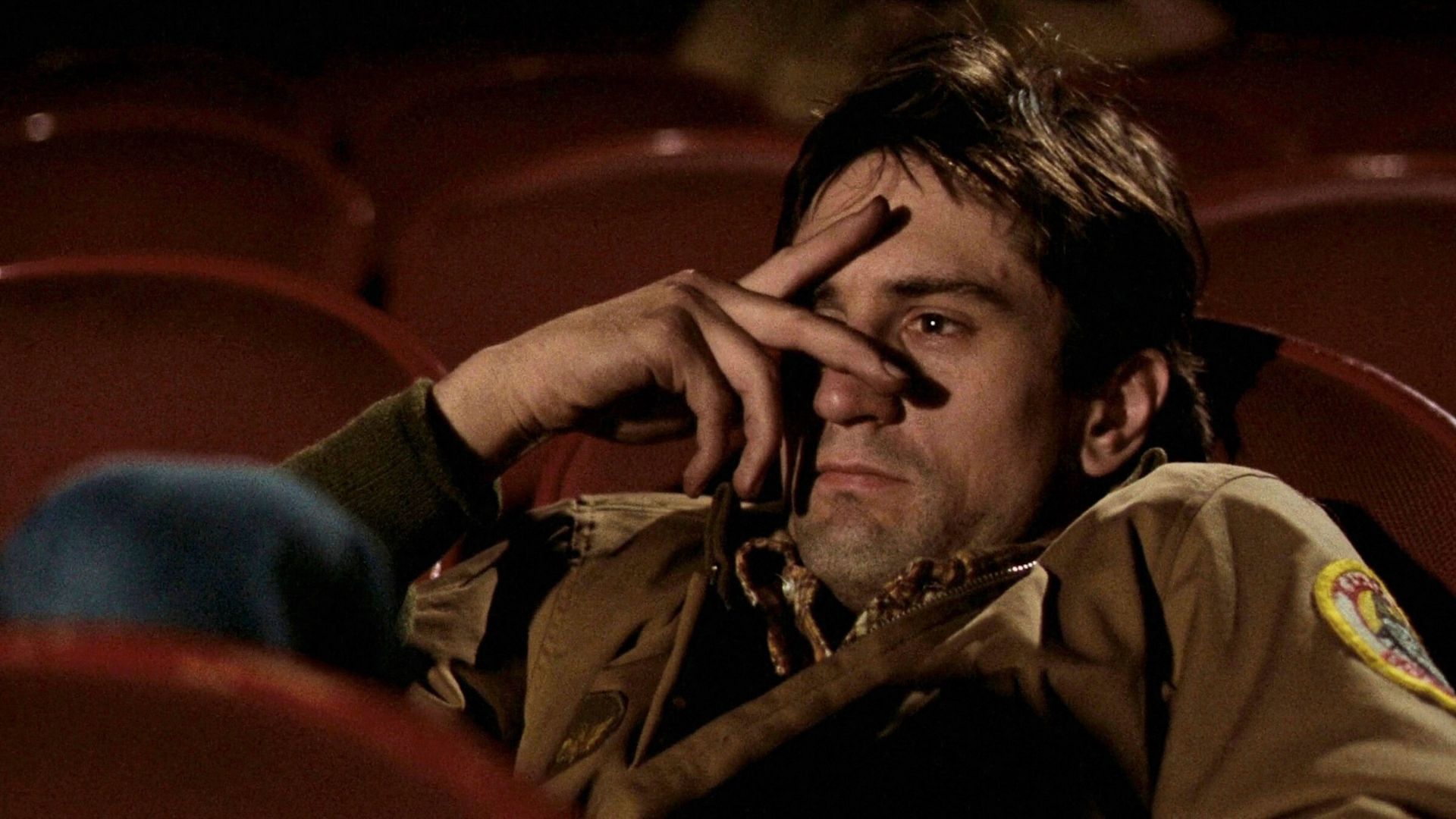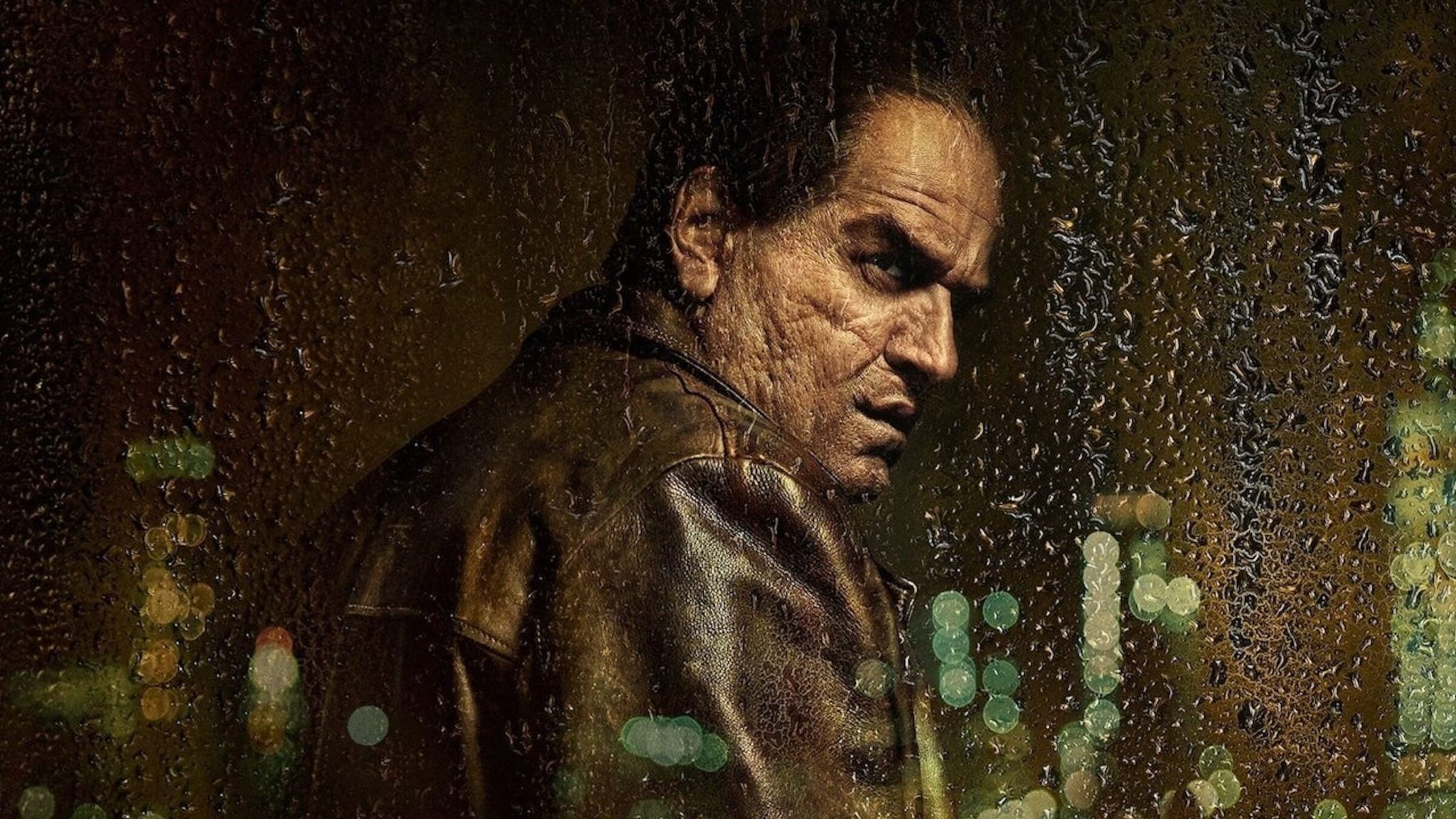
You all know the Hero’s Journey, don’t you?
In the beginning was the film, and the film was Star Wars.
If you’ve never heard of it before, or just to refresh your memory, The Hero’s Journey, as described by Joseph Campbell, consists of:
- Ordinary World
- Call to Adventure
- Refusal of the Call
- Meeting With the Mentor
- Crossing the First Threshold
- Tests, Allies, and Enemies
- Approach to the Inmost Cave
- Ordeal
- Reward (Seizing the Sword)
- The Road Back
- Resurrection
- Return With the Elixir
If you think about Star Wars, it closely tracks the steps in Campbell’s Hero’s Journey. Near the beginning of the film, we meet our Hero, farmboy Luke, living in the boring old desert world of Tatooine (Ordinary World) when he stumbles across the holographic message from Princess Leia (Call to Adventure), which leads him to Obi-Wan Kenobi (Meeting with the Mentor) who wants him to go to Alderaan, but he Refuses the Call because he “has so much work to do” and because “it’s all so far away.” He returns home to find that his aunt and uncle have been murdered by the Empire’s Stormtroopers, so he’s off with Obi, Han and Chewy to Cross the First Threshold which leads to Approaching the Inmost Cave, the Ordeal, and finally The Road Back to the Death Star where Luke hears and heeds the voice of Obi-Wan and becomes one with the Force as Han Solo returns just in the nick of time (Resurrection), destroying the Death Star, and Princess Leia honors him for saving the Rebellion (Return With the Elixir)!
But you knew all that already.
So what’s the Hero’s Journey in a comedy?
In a comedy, a comic hero or heroine also goes on a journey. In some aspects, it’s very similar to what Chris Vogler (The Writer’s Journey) and Joseph Campbell write about in their books. But in many aspects, it’s quite, quite different.
Do you have a comedy script that will impress our jury? Enter the ScreenCraft Comedy Screenplay Contest.
Throughout Star Wars, Luke is adventurous, brave, and stalwart. When he’s chasing after R2D2 and there’s the threat that the Sand People might be about, he grabs a rifle, and with no small amount of pluck tells C3PO, “Let’s take a look!”
Comic Heroes tend to be pluck-deficient.
In the Hero’s Journey, the Hero is often exceptional. Joseph Campbell writes that the adventure was not one of “discovery but rediscovery.” The godly powers sought and dangerously won are revealed to have been within the heart of the hero all the time.” He (or she) has hidden greatness within, but at the start, our heroes are unaware of their undiscovered virtues.
However, in the Comic Hero’s Journey, your protagonist, the comic hero, does not have greatness within. Your protagonist is as far from greatness within as is humanly possible, and sometimes, even more than that. He wants a “world of adventure” like he wants a hole in the head. Your protagonist is usually a dweeb or a jerk or some other kind of a misbegotten misanthrope. In Big, he’s bullied and not big enough to go on a ride with the girl of his dreams. In Groundhog Day, Bill Murray is an egotistical a-hole. In Bridesmaids, Kristen Wiig’s low self-esteem has her sleeping with a guy she knows doesn’t like her. In the Normal World, the comic hero’s initial state is flawed in some vital way; there’s a hole inside them; their way of being in the world is deeply, deeply flawed. As Ricky Gervais has said, “No one wants to see handsome, clever people do brilliant things brilliantly. Who wants to see that? You want to see a putz having a go. And failing. And coming through at the end.”
At the beginning of the Normal World, the comic hero’s life does not work, only they don’t know it! They think they’re fine, and their world is perfect. To them, it’s the normal state of affairs and for the most part they’ve accepted it. If you have a protagonist who comes out in the first act and says, “You know, I . . . I’m just not doing what I should do in life. I’m, I’m, I’m unhappy,” you’ve written a drama. Because the more aware your characters are of their own state of being, the more dramatic those moments are.
Learn how to write great movie dialogue with this free guide.
Rather than the inchoate unhappiness of a dramatic hero before he finds his quest, the comic hero is blithely unaware of what we in the audience can see is a stacked deck against them, a flawed existence, a screwed-up way of living.
In (500) Days of Summer, Joseph Gordon-Levitt is going through the motions writing bad greeting cards; in Bridesmaids, Kristen Wiig’s a mess with a string of failed relationships behind her; in 40-Year-Old Virgin, he’s, uh . . . well, uh . . . dammit, he’s 40 years old and he’s a virgin!
In the Comic Hero’s Journey, that’s the protagonist’s normal state. And the normal state is fucked.
INITIAL GOAL
Another big difference between the classic Joseph Campbell hero and the Comic Hero is that the classic hero often has a major overall goal that he or she tries to accomplish throughout the course of the story. In the Hero’s Journey, the hero usually has a goal in the beginning and they either achieve it—happiness. Or they don’t achieve it—tragedy. But it’s the same goal. In the beginning Luke wants to join the rebellion; guess what? He joins the rebellion. He saves the rebellion. Often, the initial goal is the end goal.
In comedy, that’s not true. Many of your protagonist’s goals in the beginning of a comedy are outer goals. These initial goals are usually selfish and shortsighted and certainly are not addressing their inner needs. (These initial goals will eventually be replaced by discovered goals as the characters transform during the course of the narrative.)
THE FLAWED OR ABSENT RELATIONSHIPS
In the Normal World, there are flawed or absent relationships. If you’re going to write a screenplay about someone who’s a worm that’s about to turn, it’s best if you don’t start them in a happy, monogamous relationship where everything’s going well. If you’re trying to build a protagonist who’s kind of a loser, having a supportive girlfriend or boyfriend undercuts their ineptitude. Your hero is living in Mom’s basement, playing Dungeons and Dragons by himself. A girlfriend? Are you kidding me? If someone’s cool enough to have a girlfriend or a boyfriend, maybe they’re not as flawed as they need to be. Even if he’s a great guy, like in Sleepless in Seattle, make sure relationships are absent or flawed. In Sleepless, his wife is dead. He doesn’t have or want to pursue another relationship. In fact, it’s ruining his life, and his son is motivated to get on the phone to call in a radio station to get him another wife. In Forgetting Sarah Marshall, Jason Segal’s cool girlfriend (Kristen Bell) dumps him right at the start. In Bridesmaids, Kristen Wiig’s hook-up is an obnoxious Jon Hamm, who won’t even let her sleep over.
CONCLUSION (AND CAVEAT)
So, what are the steps in The Comic Hero’s Journey? The steps may include The Normal World, WTF (the part where something impossible or implausible occurs which propels our hero on their journey), Reactions, Connections, New Directions, and Race to the Finish. They’re all explored in my new book, The Comic Hero’s Journey.
But first, an important caveat.
This is not a formula. It’s not a template. All these steps happen in most well-structured comedies, but not necessarily in this order. Most people think of the low point in a comedy as occurring about three-quarters of the way through the film. And it does, in most films. But not in all. In Groundhog Day, Bill Murray tries to kill himself about halfway through the movie. In Tropic Thunder, the platoon breaks up and Ben Stiller tries to go it alone again about halfway through. Other movies may skip or skimp on one step or another. In most movies, all of these elements are somewhere in the movie, but do they HAVE to be in this order? No.
There are a lot of great, idiosyncratic, atypical movies. And while most comedies begin in the Normal World and end with Race to the Finish, yours doesn’t need to. Your comic hero is on his or her own journey. The routes may be similar in many ways, but as they often say in the showroom, your mileage may vary.
 For years, Steve Kaplan has been the industry's most respected and sought-after expert on comedy. His first book, The Hidden Tools of Comedy is a best-seller in its field, and his new book, The Comic Hero's Journey: Serious Story Structure for Fabulously Funny Films was recently published. In addition to having taught at UCLA, NYU, Yale and other top universities, Steve Kaplan created the HBO Workspace, the HBO New Writers Program and was co-founder and Artistic Director of Manhattan Punch Line Theatre. In addition to development projects for HBO, he has taught workshops at companies such as DreamWorks, Disney Animation, Aardman Animation, others. In New York, Steve was co-founder and Artistic Director of Manhattan Punch Line Theatre, where he developed writers such as Peter Tolan, David Crane, Michael Patrick King, and David Ives, and introduced performers such as Lewis Black, Nathan Lane, and John Leguizamo. In Los Angeles, he created the HBO New Writers Project, discovering writers such as Will Scheffer, and the HBO Workspace, a developmental workshop in Hollywood that introduced and presented performers such as Jack Black and Tenacious D, Kathy Griffin, Bob Odenkirk and David Cross, Josh Malina and Paul F. Tompkins. Steve has directed in regional theaters and Off-Broadway (including Sandra Tsing Loh's ALIENS IN AMERICA at Second Stage) In addition to private coaching and one-on-one consultations, Steve has taught his Comedy Intensive workshops to thousands of students around the world, including Los Angeles, New York, Australia and Mumbai. Upcoming seminars and workshops will be presented in London, Kiev, Istanbul, and Milan. www.KaplanComedy.com
For years, Steve Kaplan has been the industry's most respected and sought-after expert on comedy. His first book, The Hidden Tools of Comedy is a best-seller in its field, and his new book, The Comic Hero's Journey: Serious Story Structure for Fabulously Funny Films was recently published. In addition to having taught at UCLA, NYU, Yale and other top universities, Steve Kaplan created the HBO Workspace, the HBO New Writers Program and was co-founder and Artistic Director of Manhattan Punch Line Theatre. In addition to development projects for HBO, he has taught workshops at companies such as DreamWorks, Disney Animation, Aardman Animation, others. In New York, Steve was co-founder and Artistic Director of Manhattan Punch Line Theatre, where he developed writers such as Peter Tolan, David Crane, Michael Patrick King, and David Ives, and introduced performers such as Lewis Black, Nathan Lane, and John Leguizamo. In Los Angeles, he created the HBO New Writers Project, discovering writers such as Will Scheffer, and the HBO Workspace, a developmental workshop in Hollywood that introduced and presented performers such as Jack Black and Tenacious D, Kathy Griffin, Bob Odenkirk and David Cross, Josh Malina and Paul F. Tompkins. Steve has directed in regional theaters and Off-Broadway (including Sandra Tsing Loh's ALIENS IN AMERICA at Second Stage) In addition to private coaching and one-on-one consultations, Steve has taught his Comedy Intensive workshops to thousands of students around the world, including Los Angeles, New York, Australia and Mumbai. Upcoming seminars and workshops will be presented in London, Kiev, Istanbul, and Milan. www.KaplanComedy.com
For all the latest ScreenCraft news and updates, follow us on Twitter, Facebook, and Instagram.
Tags
Get Our Screenwriting Newsletter!
Get weekly writing inspiration delivered to your inbox - including industry news, popular articles, and more!

